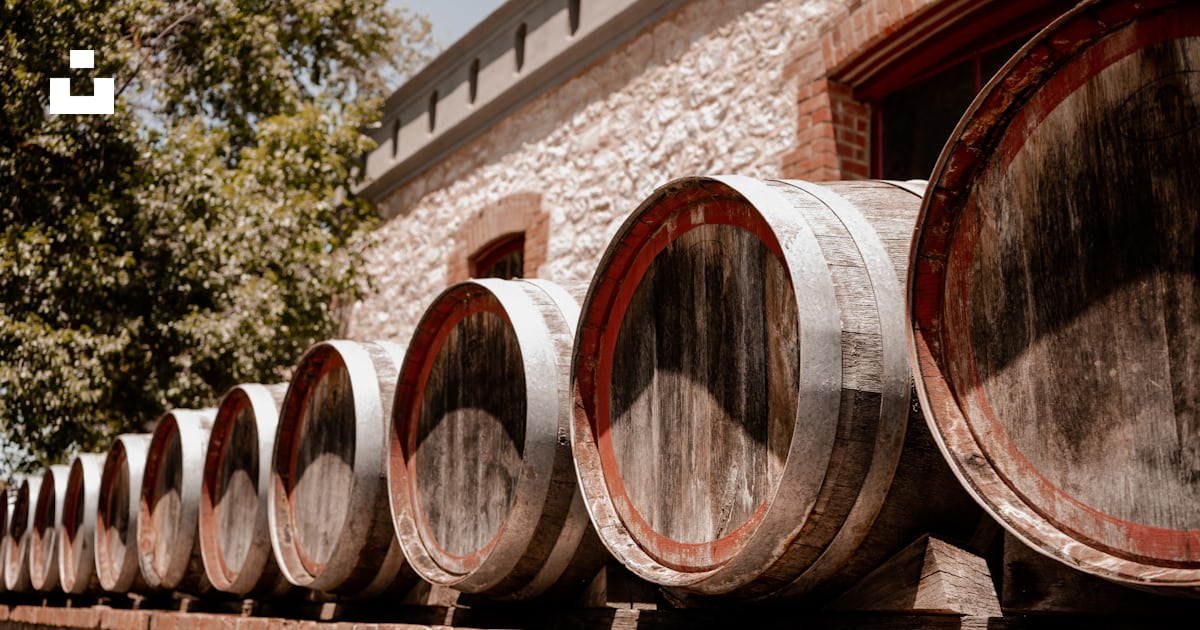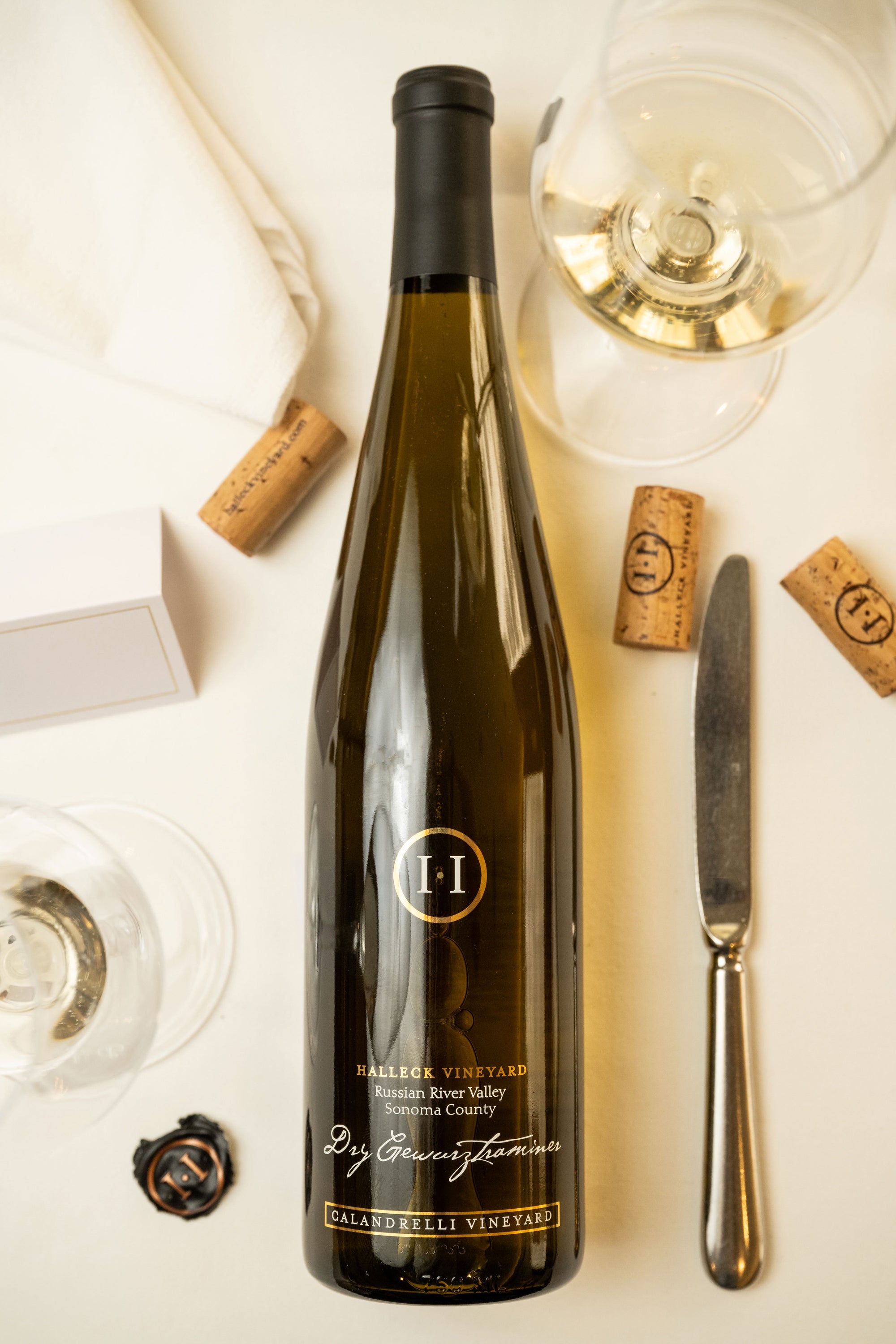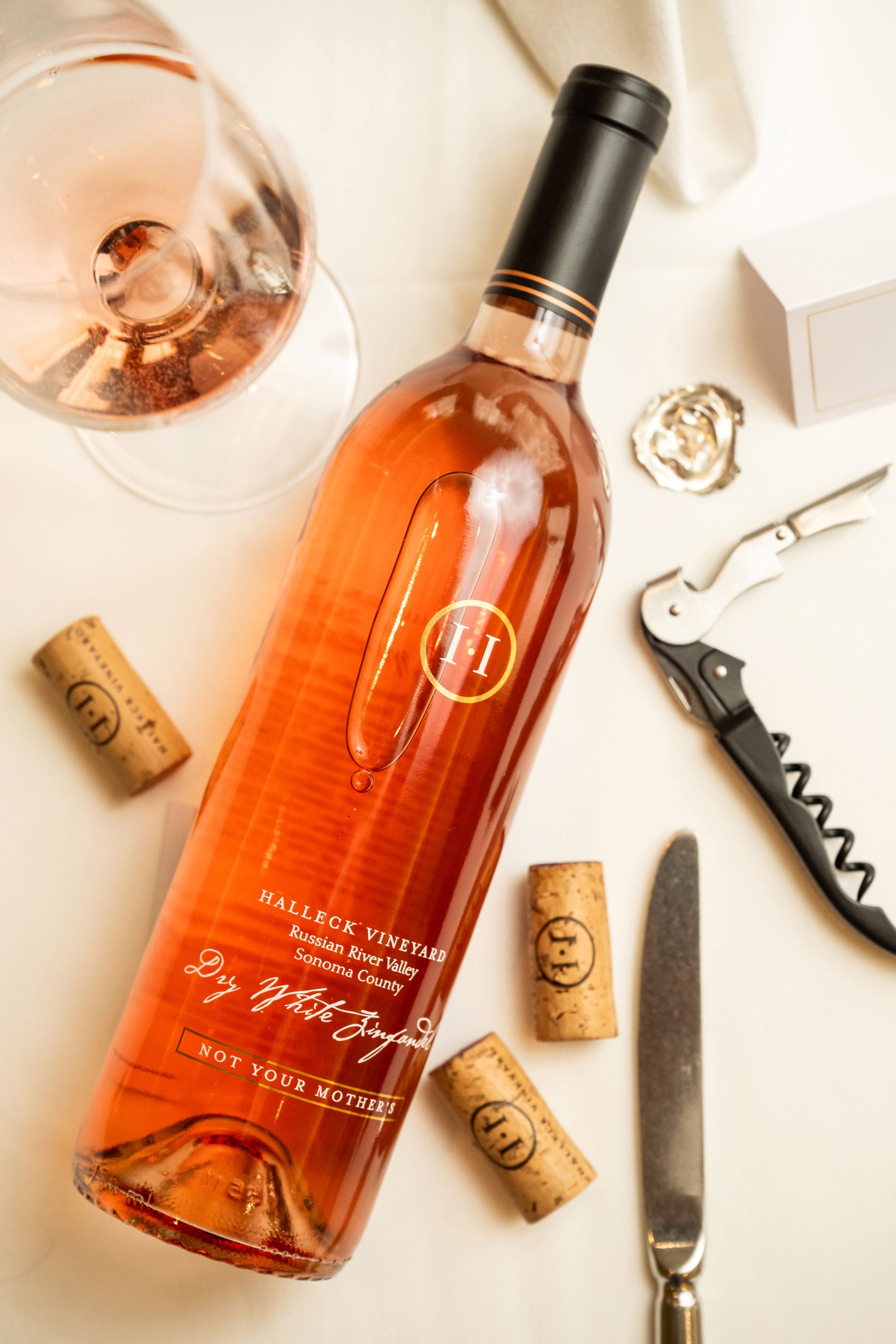Wineries Known For Their Beautiful Gardens - Vineyards In The Sonoma Region
Experiencing the world of wine is much more than just tasting a beverage; it invites a sensory exploration that engages both the palate and the sense of scent. Learning about aromas and flavors in winery wine tasting can be one of the delightful and educational activities for any wine enthusiast. Wineries That Welcome Walk Ins. Each glass of wine tells a story, influenced by the grape selection, the techniques utilized in its production, and the surroundings in which the wine is cultivated.
When attending a wine tasting at a winery, it’s essential to strategy the experience with an open thoughts and a willingness to engage all your senses. Your primary focus may be the wine in your glass, but the context—the ambiance of the winery, the presentation of the wine, and the company—adds layers to the experience. Engaging with the aromas and flavors will enrich your understanding and appreciation of each selection.
Wineries That Offer Dog Friendly Areas - Sebastopol's Best Wine Trails
Beginning with the aromas, they're often the first interaction that unfolds when a wine is poured. By swirling the glass gently, you introduce air, allowing the wine's risky compounds to launch. The energy of smelling wine lies in its capacity to evoke recollections and emotions, making it an integral part of the tasting procedure. It is curious how sure scents can transport us to different moments in time or recall sensory experiences from our previous.
Common descriptors like fruity, floral, spicy, or earthy can be a good starting point (Wineries With Scenic Views). A important consider recognizing these aromas lies within the individual’s capability to attach scents with experiences. For occasion, the aroma of a Sauvignon Blanc could remind one of freshly cut grass or ripe gooseberries. Another individual might focus on the citrus notes, perceiving hints of lemon or lime.
As Quickly As you've identified the aromas, the following step is tasting. As with inhaling aromas, tasting wine entails extra than simply the bodily act of sipping. When you style the wine, let it linger in your mouth, allowing the assorted flavors to disclose themselves progressively. The first putting impression might be the extent of sweetness, acidity, or tannin. As you delve deeper, you'll notice layers of complexity.
Flavor profiles in wine are influenced by multiple elements, together with temperature, growing older course of, and the type of barrel used throughout maturation. For instance, oaked wines can often introduce flavors of vanilla, toast, and spice, while stainless-steel-aged wines might current a crisper and cleaner style.
Wineries Near Sonoma Square - Tasting Experiences In Sebastopol Vineyards
As you expand your familiarity with completely different wine regions, studying about the particular terroirs also performs an important role in understanding the aromas and flavors. Terroir encompasses the environmental elements that influence a crop's phenotype, including geography, geology, and local weather. Grapes grown in cooler climates could produce wines with higher acidity and brighter fruit flavors, whereas these harvested in warmer areas usually yield fruit-forward wines with a full-bodied mouthfeel.
Partaking in winery wine tastings allows you to explore blends and single varietals, deepening your appreciation for the skill involved in producing unique wines. Understanding that winemakers often mix different grape varieties to realize a balanced flavor profile can add curiosity to your experience. The harmonious blending of aromas and flavors is akin to a well-composed piece of music, making a symphony for the senses.
Wine tasting isn't merely a monologue however a dialogue. Engaging with sommeliers or educated guides can present useful insights that improve your understanding of what you're tasting. They can share tales in regards to the vineyard, manufacturing strategies, and the nuances of different varietals that you would be not have considered. This interactive dimension adds to the enjoyment and facilitates a extra enriching experience.
Wineries In Green Valley - Wine Tours And Tastings In Sebastopol
Whereas the technicality of wine tasting can seem overwhelming, it often helps to maintain an open demeanor when assessing aromas and flavors. Every person’s palate and sense of smell are distinctive. Thus, there isn't a ‘right’ or ‘wrong’ reply when identifying scents and tastes. Being comfy with your personal interpretations fosters a fun and relaxed ambiance conducive to studying.
Participating in tastings across various wineries can create a broader understanding of different styles and preferences. Similar grapes from different regions can painting contrasting flavors due to variations in soil, local weather, and winemaking techniques. Touring to vineyards, assembly native producers, and sampling their wines can present an intimate glimpse into the artistry concerned in the winemaking process.

The pairing of wine with here food is another thrilling dimension to explore. Understanding how the flavors in food can work together with the wine to either complement or contrast with each other is a skill price developing. A good rule of thumb is to contemplate the weight and intensity of the dish. For instance, a daring Cabernet Sauvignon is often a basic selection for wealthy, meaty dishes, whereas a light Pinot Grigio might pair splendidly with contemporary salads or seafood.
Conversations around wine are enriched by learning about current events within the wine trade. Sustainable practices, organic farming, and advances in winemaking can form the flavors and aromas of future vintages. Engaging with these subjects throughout tastings opens discussions about evolution and innovation within the subject.
Wineries Pairing Wine With Chocolate - The Charm Of Sonoma Wineries

In conclusion, the journey of studying about aromas and flavors in winery wine tasting is a multilayered experience. By using all the senses, being open to new interpretations, and collaborating in discussions, each particular person can improve their connection to wine. The nuances of taste, intertwined with personal experiences and environmental influences, create a complex but stunning world that awaits exploration. As you continue to savor each glass, do not neglect that the aromas and flavors tell a story that's ever-evolving, much like the vineyard from which they originate.
- Exploring the connection between the grape selection and the distinct aromas and flavors it produces in the final wine can improve the tasting experience.
- Noting the influence of terroir, including soil composition and local weather, helps to know how these factors contribute to the distinctive profile of each wine.
- Engaging the senses by figuring out scents similar to fruit, floral, or herbal notes provides depth to tasting notes and assists in developing a extra refined palate.
- The fermentation and growing older processes can drastically alter the aromatic and flavor traits, providing insight into the winemaking techniques employed.
- Pairing wines with particular foods during tasting can illuminate how flavors work together, enhancing both the wine and the dish by way of complementary or contrasting profiles.
- Collaborating in guided tastings led by educated sommeliers can deepen understanding of wine complexity and promote appreciation of delicate nuances.
- Practicing aroma recognition with scent kits permits tasters to train their noses, bettering the ability to discern and articulate varied fragrance notes present in wines.
- Documenting personal tasting notes might help to trace preferences over time and facilitate conversations with business professionals about individual wine journeys.
- Understanding how decanting and aeration can impact the fragrant profile and flavor release of a wine can elevate the tasting experience to new heights.
- Studying about the influence of vintage variations on wine character enables enthusiasts to understand how weather situations influence aroma and taste year after year.
What are the first aromas and flavors I should count on in winery wine tastings?

In winery wine tastings, you can usually expect to establish varied main aromas similar to fruits (citrus, berries, stone fruits), floral notes, and generally earthy or herbal scents. Flavors usually reflect these aromas and may vary from sweet to tart, with further complexity from oak growing older or fermentation traits.
Wineries Promoting Wine Club Memberships - Wineries For Casual Tastings In Sonoma
How can I enhance my ability to identify different aromas in wine?
To enhance your ability to determine aromas in wine, practice smelling various meals and spices to create a mental library of scents. Think About investing time in aroma kits designed for wine tasting, as they might help you learn and acknowledge specific notes often found in different wines.
What techniques can I use for a extra gratifying wine tasting experience?
Begin by observing the wine’s colour and clarity, then gently swirl it to release aromas earlier than taking a deep sniff. Take small sips to determine flavors and consider assessing the wine's end or aftertaste. Sharing your thoughts with others at the tasting can even enhance your experience.
Wineries Providing Guided Vineyard Walks - Sonoma Vineyards To Explore
Is it essential to have prior knowledge of wine to get pleasure from a winery tasting?
No prior knowledge is necessary to take pleasure in a winery tasting. Many wineries supply guided tastings that present background data on the wines being sampled. Really Feel free to ask questions and categorical your opinions—this engagement will enhance your learning experience.
Why do some wines have extra complicated aromas and flavors than others?
(Scenic Vineyard Tours In Sebastopol)
Unique Wine Blending Experiences In Sonoma - Sonoma's Best Vineyards
Wines with more complex aromas and flavors typically take pleasure in elements similar to grape variety, vineyard location, climate, and winemaking techniques. Moreover, the getting older course of can introduce new layers of complexity, allowing wines to develop unique traits over time.
What should I do if I wrestle to identify particular aromas in wine?
Best Wineries For Sunset Views In Sebastopol - Discovering Sonoma Area Wineries
If you wrestle to determine particular aromas, don’t be discouraged. Take your time and give attention to broader categories of scents earlier than narrowing down your observations. Working Towards often, asking for feedback, and using aroma wheels or reference materials can also help improve your skills.
How does food pairing affect the aromas and websites flavors of wine throughout tastings?
Wineries Producing Pinot Noir And Chardonnay - Greatest Wine Tasting Locations In Sonoma
Food can significantly influence how you perceive aromas and flavors in wine. Certain meals can enhance or mute particular taste traits, resulting in totally different experiences. Experimenting with various food pairings throughout a tasting can deepen your understanding of a wine’s profile.
Are there any etiquette tips I should follow when participating in a winery tasting?
Wineries Offering Private Events - Sonoma Wine Tasting Spots
Yes! Etiquette throughout a winery tasting contains being respectful to guides and workers, taking small sips, and not overpowering the dialog with personal opinions. It’s also courteous to finish your samples somewhat than pouring excess out, and don't forget to thank the workers for their insights.
What is the difference between a wine's aroma and its bouquet?
Wine aroma typically refers to the scents derived instantly from the grape varietals used, whereas bouquet refers back to the complicated aromas developed through the getting older process, significantly in barrel. Understanding this distinction can improve your appreciation for various aspects of wine tasting.